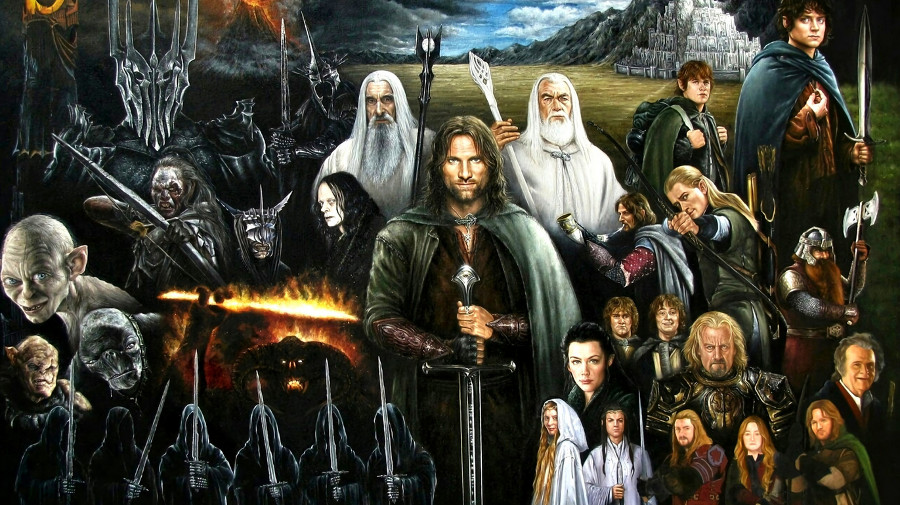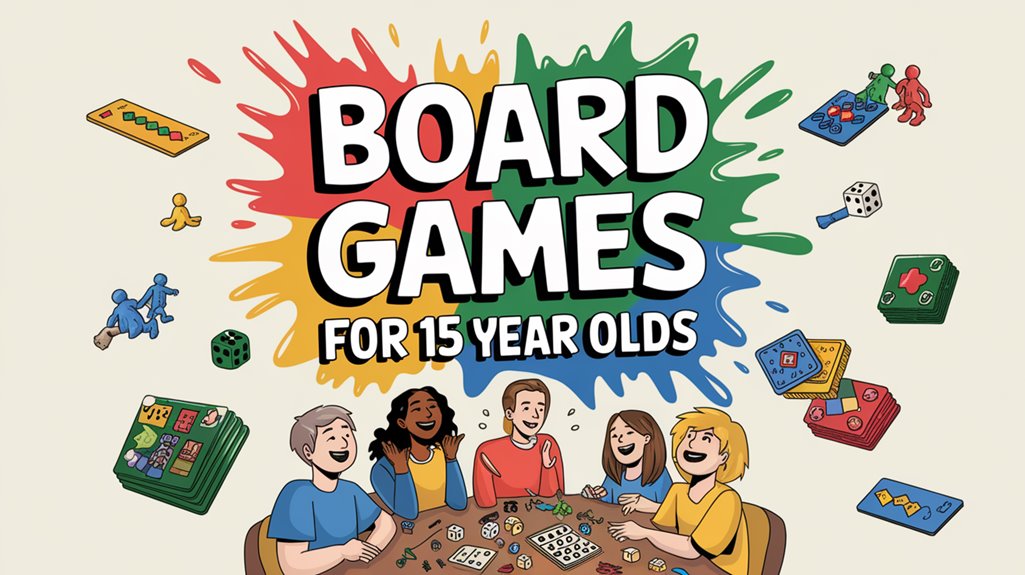The Korean War, often called “The Forgotten War,” has found new life on tabletops through strategic board games that capture its complex military operations and geopolitical tensions. These specialized wargames offer players the opportunity to investigate pivotal moments like the Pusan Perimeter defense and the Inchon Landing, while wrestling with historically accurate command decisions. From classic titles of the 1980s to modern releases incorporating refined mechanics, Korean War board games serve both as entertainment and educational tools. Yet beneath their hex-mapped surfaces lies a deeper question about how effectively these games balance historical accuracy with engaging gameplay.
Key Takeaways
- Popular Korean War board games include “The Korean War” (1984), “The Korean War: June 1950-May 1951” (1986), and “DMZ: The Next Korean War” (2010).
- Most Korean War board games feature turn-based gameplay with resource management, combat resolution through dice rolls, and strategic military planning.
- Games typically include detailed maps of the Korean Peninsula and focus on historical battles like Inchon Landing and Pusan Perimeter.
- Players manage military units, supplies, and diplomatic alliances while navigating complex scenarios that reflect actual Korean War events.
- These games serve educational purposes but can be complex for beginners, appealing primarily to dedicated wargaming enthusiasts and history buffs.
The Korean War: June 1950-May 1951 (1986)
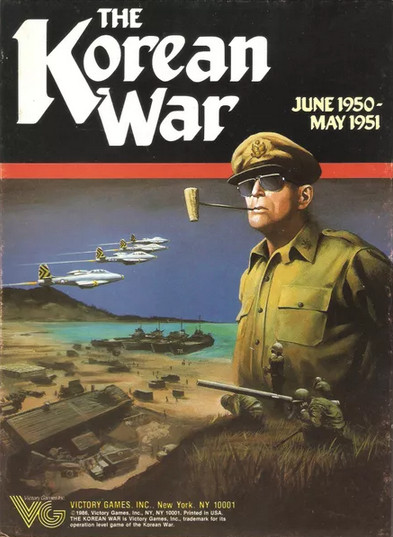
Released in 1986, “The Korean War: June 1950-May 1951” is a strategic board game that simulates the first year of the Korean conflict. The game focuses on the critical period that included North Korea’s initial invasion, the UN intervention, and China’s entry into the war.
Players can recreate major campaigns and battles, including the desperate defense of the Pusan Perimeter and MacArthur’s daring Incheon Landing. The game incorporates Korean War strategies that shaped the conflict, allowing participants to make decisions similar to those faced by military leaders like General MacArthur and Kim Il-sung.
The game reflects the Cold War implications of the conflict, demonstrating how the Korean Peninsula became a battleground between communist and democratic forces. Players must manage military resources while considering the political tensions between the United States, China, and their respective allies. Key historical elements, such as the UN’s involvement and the strategic significance of the 38th parallel, are central to gameplay mechanics. The game serves as both an educational tool and a strategic challenge, helping players understand the complex military and political dynamics that defined this pivotal moment in Cold War history.
DMZ: The Next Korean War (2010)
Building on earlier simulations of the Korean War, “DMZ: The Next Korean War” emerged in 2010 as a sophisticated board game exploring contemporary military scenarios on the Korean Peninsula. The game combines detailed Game Strategy elements with Historical Accuracy to create an engaging simulation of potential conflict dynamics.
| Feature | Description | Impact |
|---|---|---|
| Gameplay | Turn-based system | Allows strategic planning |
| Resources | Military assets, supplies | Forces careful management |
| Diplomacy | Negotiation mechanics | Encourages peaceful solutions |
| Events | Random card system | Creates uncertainty |
| Victory | Territory control | Drives competitive play |
Players navigate complex military and diplomatic challenges while managing resources and deploying forces across a detailed map of the Korean Peninsula. The game’s educational value extends beyond entertainment, offering insights into geopolitical tensions and military strategy. Through carefully designed mechanics, players learn about troop movements, resource allocation, and diplomatic relations while engaging with historically accurate scenarios. The inclusion of high-quality components, including detailed miniatures and event cards, improves the gameplay experience while maintaining focus on strategic decision-making.
Korean War: Pusan Perimeter
The Pusan Perimeter, a significant defensive line established in August 1950, marked a pivotal moment in the Korean War as UN forces sought to prevent North Korean troops from seizing control of the entire peninsula. The defensive tactics employed during this period proved fundamental in maintaining a stronghold around Pusan, spanning approximately 140 miles in length and 50 miles in width.
The Pusan strategies incorporated multiple elements that contributed to its success. UN forces, primarily consisting of American troops, utilized the urban and mountainous terrain to their advantage while maintaining vital supply lines. The coordination between ground forces and air support from the US Air Force played a key role in repelling North Korean advances, particularly during the Battle of Taegu and the Battle of the Naktong Bulge.
The successful defense of the Pusan Perimeter ultimately allowed UN forces to launch their counter-offensive at Inchon. This strategic achievement not only prevented the fall of South Korea but likewise demonstrated the importance of integrated military operations, including effective logistics, air support, and naval presence in modern warfare.
Korean Battles (2015)
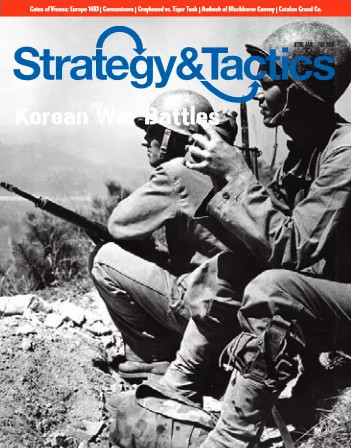
Since its introduction in 2015, Korean Battles has established itself as a compelling strategy board game that immerses players in historical Korean military conflicts. The game blends Korean History with engaging gameplay mechanics, allowing 2-4 players to investigate military tactics through a combination of skill and chance.
| Game Feature | Gameplay Impact | Historical Value |
|---|---|---|
| Event Cards | Tactical Surprises | Battle Context |
| Unit Pieces | Strategic Movement | Army Composition |
| Resource Tokens | Economic Planning | Supply Lines |
| Battle Dice | Combat Resolution | Warfare Elements |
| Alliance Cards | Diplomatic Options | Historical Alliances |
Players must master resource management while forming strategic alliances to achieve victory. The game’s 60-120 minute duration provides ample time for complex decision-making and tactical planning. Each session offers unique experiences through special event cards that can dramatically alter battlefield conditions. The game’s educational value extends beyond entertainment, as players gain insights into significant Korean military campaigns and cultural developments. An active online community supplements the experience, sharing strategies and historical insights while participating in tournaments. The potential for expansion packs promises to introduce additional historical scenarios and military units, ensuring the game’s longevity in the strategy gaming market.
The Korean War (1984)
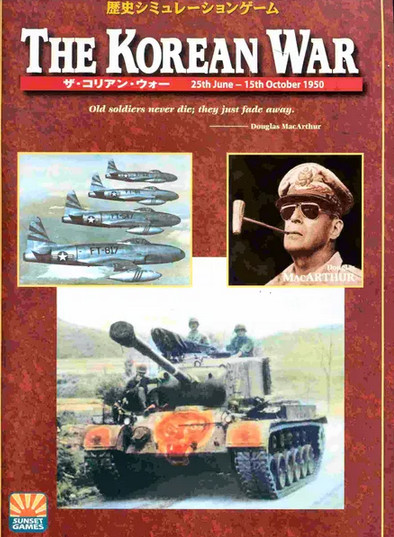
Released in 1984, “The Korean War” board game pioneered accurate historical simulation of the 1950-1953 conflict through innovative gameplay mechanics. This strategic tabletop game allowed players to recreate significant moments of the Korean conflict while managing military resources and making tactical decisions that shaped the outcome of battles.
The game featured a detailed map of the Korean Peninsula and incorporated historically accurate elements from the Cold War era, including the involvement of UN forces, China, and the USSR. Players could experience key military operations like the Inchon Landing and the defense of the Pusan Perimeter through carefully designed scenarios. The turn-based system and resource management mechanics created an engaging experience that typically lasted between two to four hours.
Combat resolution utilized dice rolls and unit strength calculations, while event cards introduced unexpected challenges that reflected actual historical occurrences. The game gained recognition for its educational value, helping players understand the complexities of military strategy and the geopolitical tensions of the era. Its success contributed to the growing popularity of historically-based board games in both recreational and educational settings.
Korean War: Counter Attack – A Panzer Grenadier Game (2017)
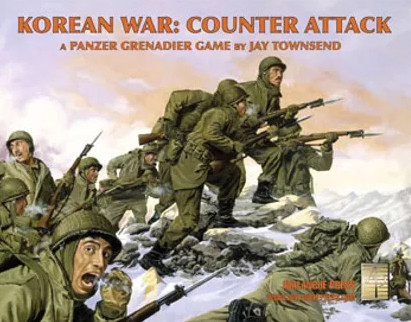
Korean War: Counter Attack brings the tactical depth of the renowned Panzer Grenadier series to the Korean Peninsula, making it particularly appealing for wargaming enthusiasts who appreciate detailed military simulations. The game features a thorough turn-based system where players command various military units across a grid-based map, managing supply lines and engaging in tactical combat.
Players must consider historical factors like terrain effects and unit capabilities while making strategic decisions. The game incorporates key battles such as the Inchon Landing and Chosin Reservoir, allowing participants to investigate critical moments of the conflict. Combat outcomes are determined through dice rolls, while victory conditions focus on territorial control and military objectives. The design emphasizes historical accuracy while maintaining engaging gameplay mechanics, serving as both an educational tool and a strategic challenge for players interested in military history.
Best For: Serious wargaming enthusiasts and military history buffs who enjoy complex tactical simulations and are particularly interested in the Korean War period.
Pros:
- Detailed and historically accurate representation of Korean War battles and military units
- Deep tactical gameplay with meaningful decisions about supply lines and unit positioning
- Educational value in teaching military strategy and historical events through engaging mechanics
Cons:
- Complex rules system may be intimidating for casual players or newcomers to wargaming
- Time-intensive gameplay that requires significant investment to learn and play effectively
- Limited appeal outside of the dedicated wargaming community due to its specific focus and complexity

